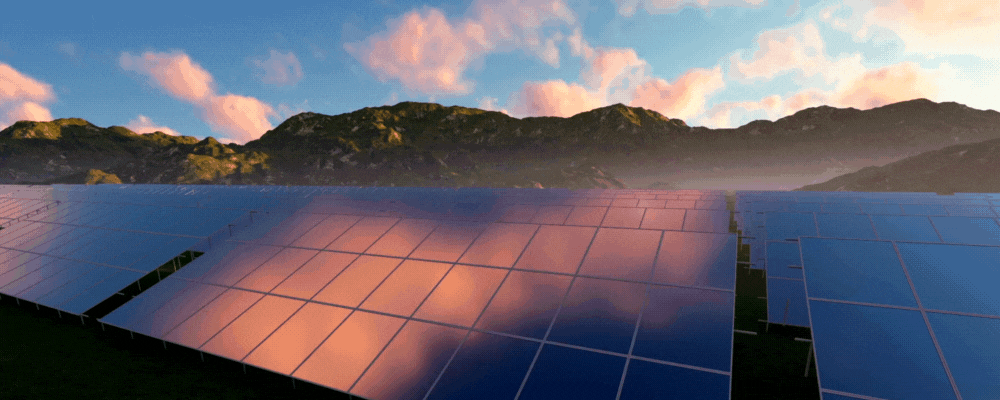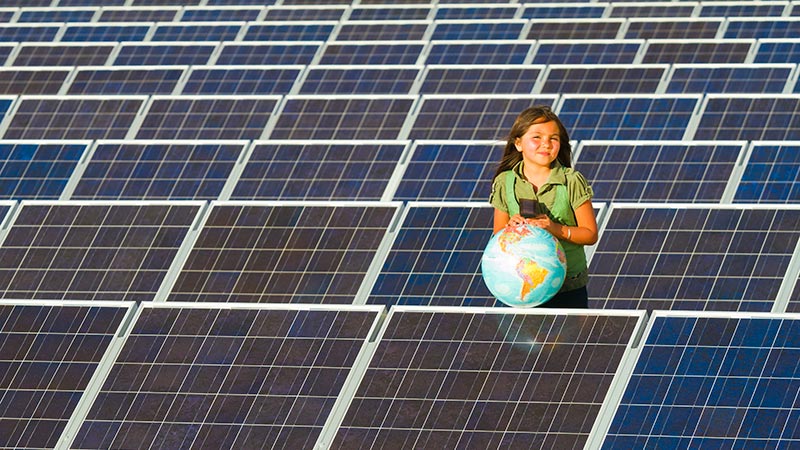October 2, 2023
The Salt River Project (SRP) Board of Directors voted to approve its Integrated System Plan (ISP) strategies which will guide how the utility will generate electricity. Under the plan approved today, SRP will continue to rely on coal and will add more gas-fired power plants that will exacerbate the water crisis, drive costs up for ratepayers, and contribute to the changing climate.
To be aligned with climate science, SRP needs to reduce its carbon emissions 80% from 2005 baseline levels by 2030. Under the plan approved today, SRP will be on track to reduce its total carbon emissions just 61% by 2035, putting it far outside the mainstream of Western utilities in its continued reliance on fossil fuels.
Western Resource Advocates (WRA) has been an active participant in the ISP’s advisory group since its commencement in the summer of 2021. WRA works with electric utilities across the Interior West to build a western electric system that provides clean, affordable and reliable energy, reduces economic risks, and protects the environment through the expanded use of energy efficiency, renewable energy resources, and other clean energy technologies.
Arizonans are already facing severe impacts of climate change, including prolonged drought, more intense wildfires, and life-threatening heat. According to a recent IPCC report, to meet the Paris Agreement goals of limiting warming to well below 2°C and preferably 1.5 °C will require large-scale, rapid and systemic transformations in this decade, over the timeframe of today’s approved plan. Emissions from the electric power sector are a leading source of climate pollution in Arizona and across the nation. Renewable energy, such as solar and wind power, is a cost-effective alternative to fossil fuels, particularly in light of new and expanded tax credits for clean energy technologies created by the Inflation Reduction Act.
It is up to the SRP Board to determine the timeframe for the next resource plan, but SRP’s customers do not have to wait years for improved resource planning. Following today’s vote approving the ISP, the Board retains opportunities to amend the integrated system plan and advise on implementation and specific investments, programs or acquisitions.
Additionally, by early 2024 SRP will submit an updated Sustainability Action Plan with a detailed overview of how it will lower greenhouse gas reduction emissions. SRP’s Board is expected to vote on the sustainability plan proposal in March 2024. WRA is calling on SRP leadership to adopt new sustainability goals that commit the utility to reducing total annual GHG emissions at least 80% by 2030 (as compared to 2005 levels) and ultimately set SRP on a path to achieve a zero-emission system no later than 2050. SRP must deliver a sustainability plan that retires coal, reduces reliance on fossil fuels, and delivers the economic benefits of clean energy to Arizonans.

Contact
James Quirk, 908-902-3177, james.quirk@westernresources.org




